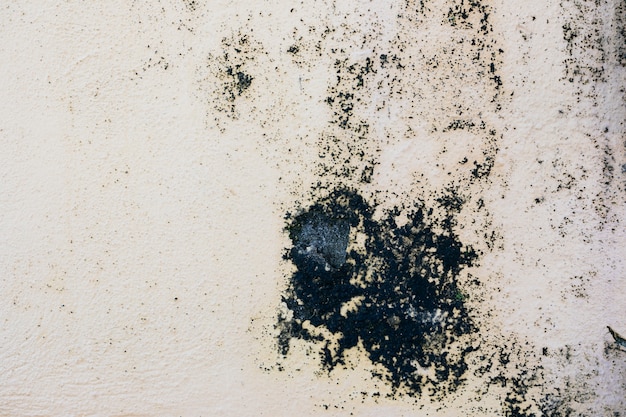
Effective Black Mold Cleanup Solutions for Showers
Black mold is a common issue in bathrooms, particularly in showers where moisture levels are consistently high. This type of mold not only poses health risks but can also damage household surfaces if not addressed promptly. Understanding the most effective solutions for black mold cleanup in showers is crucial for maintaining a safe and healthy home environment. This article explores various strategies to tackle this persistent problem, ensuring your bathroom remains mold-free and safe for use.
Identifying Black Mold in Showers
Before initiating any cleanup process, it's vital to correctly identify black mold. Black mold, scientifically known as Stachybotrys chartarum, typically appears as slimy and dark greenish-black patches. It thrives in damp, humid conditions, making showers a prime location for its growth. If you're uncertain about the type of mold present, consider consulting an expert or referring to an informative resource. Learn more in this detailed guide about distinguishing black mold from other types.
Effective Cleanup Solutions
Natural Remedies
For those seeking environmentally friendly solutions, natural remedies can be an effective first step. Some popular options include:
- Vinegar: Its acidic nature makes vinegar a powerful tool against mold. Spray undiluted white vinegar onto the affected area, let it sit for an hour, and then scrub with a brush.
- Baking Soda: Mix one teaspoon of baking soda with two cups of water in a spray bottle. Shake until dissolved, spray on the mold, scrub with a brush, and rinse.
- Tea Tree Oil: Although more expensive, tea tree oil is a potent antifungal. Mix one teaspoon with one cup of water, spray on the mold, and leave it. No rinsing is required.
These methods can be effective for mild infestations. However, persistent or extensive mold issues may require more robust solutions. Explore further insights here on why natural remedies might not suffice for severe cases.
Chemical Solutions
Chemical solutions may be necessary for more severe mold problems. Here are some options:
- Hydrogen Peroxide: This is a safe, non-toxic antifungal. Pour a 3% concentration into a spray bottle, apply generously, leave for ten minutes, then scrub.
- Bleach: Known for its effectiveness, bleach should be used cautiously due to its harshness. Mix one cup of bleach with one gallon of water, apply to the mold, and scrub after a few minutes.
- Commercial Mold Removers: These are specially formulated to tackle mold and often include fungicides that prevent regrowth. Follow the manufacturer's instructions carefully.
When using chemical solutions, ensure the area is well-ventilated, and protective gear, such as gloves and masks, is worn to prevent skin and respiratory irritation. Find additional information here about the safety precautions associated with chemical use in mold removal.
Preventative Measures
Preventing black mold from returning is as important as its removal. Implementing these preventative strategies can help keep your shower mold-free:
- Ventilation: Ensure your bathroom is well-ventilated by using exhaust fans or opening windows to reduce humidity levels.
- Regular Cleaning: Clean your shower regularly using mold-inhibiting cleaners to prevent mold spores from taking hold.
- Repair Leaks: Fix any leaks promptly to eliminate excess moisture that encourages mold growth.
- Seal Grout: Properly sealing grout lines can prevent moisture from seeping into walls, a common cause of mold growth.
Implementing these measures can significantly reduce the likelihood of mold reappearing. Read more about this topic to understand the long-term benefits of mold prevention strategies.
In conclusion, tackling black mold in showers requires a systematic approach to ensure effective removal and prevention. By combining identification, appropriate cleaning methods, and preventative measures, homeowners can maintain a healthy bathroom environment free from the risks associated with black mold. For further reading and in-depth analysis, explore further insights here.